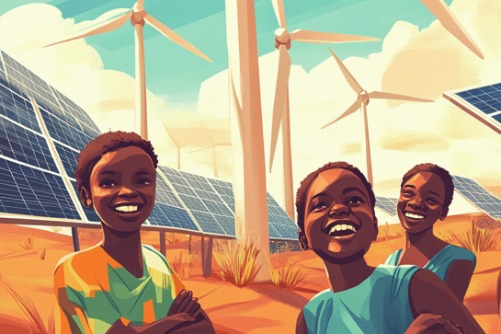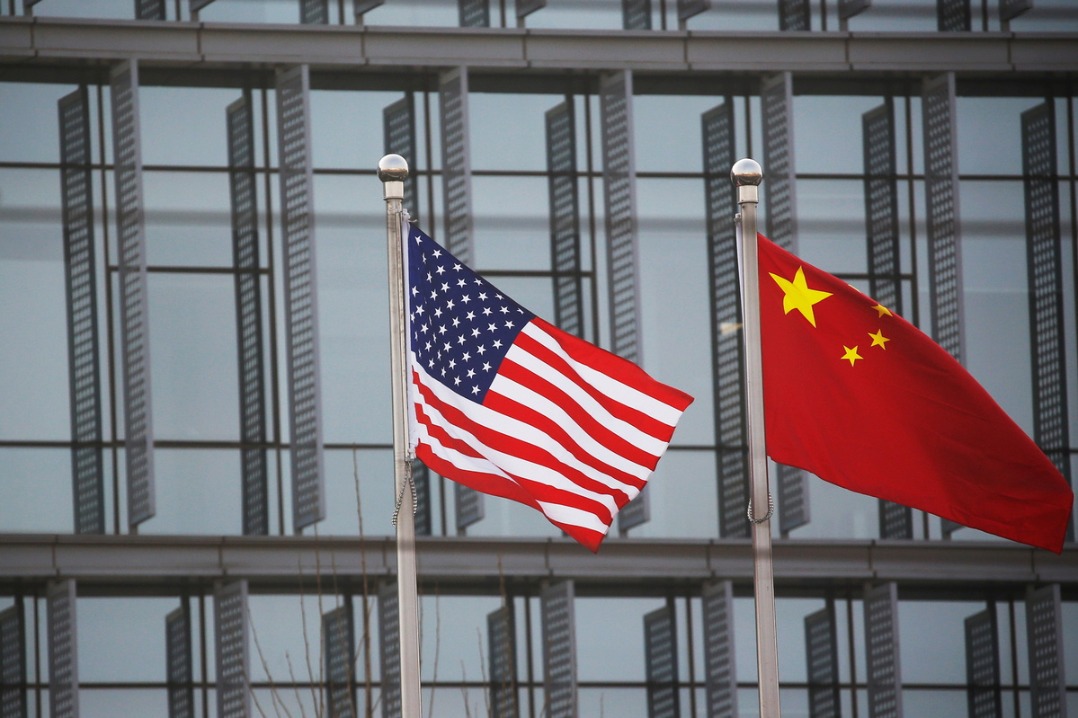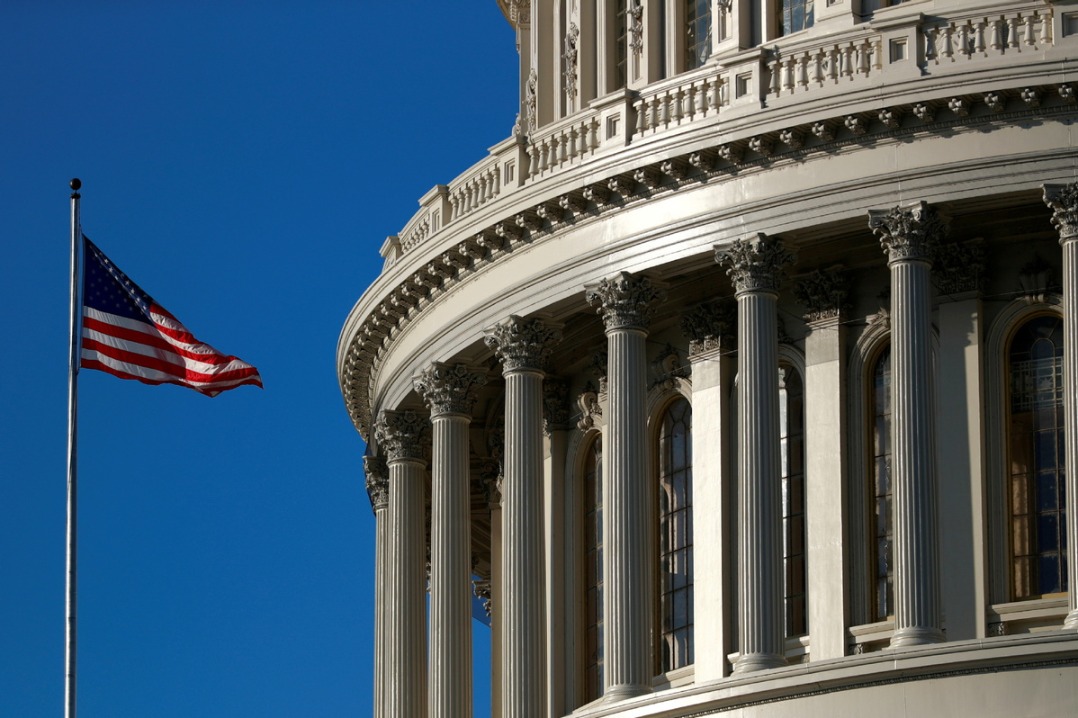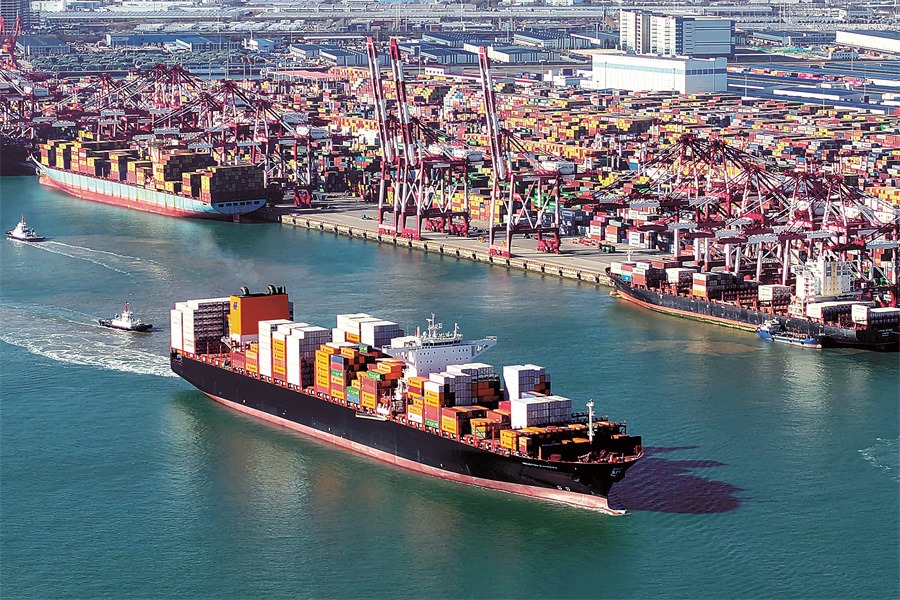Will India walk out of 'Indo-Pacific Economic Forum'?


As part of the hyperactive senior official- and minister-level talks launched during US President Joe Biden's visit to Japan in May, the United States is hosting the first in-person ministerial meeting of "Indo-Pacific Economic Framework" signatory states on Thursday and Friday.
Led by US Trade Representative Katherine Tai and Commerce Secretary Gina Raimondo, the last three months have seen several such online and hybrid meetings aimed at "scoping" the "arrangements" for the four IPEF pillars-trade rules, clean energy, supply chains and tax and anti-corruption.
Notwithstanding the speed, the IPEF remains a work-in-progress and no joint statements have so far made clear what it has achieved. The US, on the other hand, wants to finalize the basic tenets of the IPEF before it hosts the APEC Leaders' Meeting in November 2023.
But the 18 months between May 2022 and November 2023 are not its only challenge.
To begin with, India has already emerged as a country of concern, igniting speculations on its possible exit from the IPEF. India's refusal to denounce Russia's "special military operation" in Ukraine and increased imports of Russian oil during the past six months have exposed growing disjunctions that could come in the way of India becoming a permanent member of the grouping.
India's case has also brought to light similar palpable disjunctions between the US and other IPEF signatory states. In fact, India's last-minute decision to walk out of the world's largest free trade agreement-the Regional Comprehensive Economic Partnership agreement-in 2019 reinforces concerns about India choosing to do the same with the IPEF. And the fact that India joined the IPEF's trade negotiations only as an "observer" in August adds more credence to such speculations.
Also, India has recently gone on a trade deal signing spree. It has signed trade deals with Australia and the United Arab Emirates, and it is taking negotiations fast forward with Canada, Israel, the European Union and the United Kingdom. Yet Indo-US free trade agreement remains in suspended animation with implications for India permanently joining the US-led IPEF.
The flexibility of the IPEF outlined in Tokyo may have made New Delhi align with it. The IPEF was presented as a framework to "advance resilience, sustainability, inclusiveness, economic growth, fairness and competitiveness" by creating flexible arrangements where member states are free to join or not to join initiatives under any of the stipulated pillars, and both pillars and members could be expanded beyond the original four and 14.
Unlike the RCEP, the IPEF is not expected to be another free trade agreement involving tariff reductions, greater market access or dispute-settlement mechanisms. But now that, after moving from sublime vision to mundane reality, it considers creating a regulatory mechanism, building alternative supply chains and fighting corruption as necessary, India could face some of the old challenges of the RCEP.
Besides, the consciousness about the infrastructure and connectivity deficit among the "Indo-Pacific" countries have exacerbated, especially because of the formation of the US-led Trans-Pacific Partnership during the Barack Obama administration and the way it was abandoned by previous US president Donald Trump in 2017. Meanwhile, the last five years have witnessed several of these countries aligning with the China-proposed Belt and Road Initiative.
That makes the vision of the IPEF too China-centric, which will make it extremely difficult, if not impossible, for member states to choose sides if push comes to shove. China has not just helped establish the Asian Infrastructure Investment Bank, which now has 105 economies as its members and become the new flag bearer of economic globalization and technically the "leader" of the world's largest FTA, the RECP, it has also applied to join the TPP's reincarnation-the Comprehensive and Progressive Agreement for Trans-Pacific Partnership.
This is where India's parallel engagement with China and the US also complicates its negotiations in the IPEF. China remains a close competitor of the US and yet it is the largest trading partner of, and major investor in, India. This has prompted US interlocutors to see motives where none exist. For instance, in the wake of continued border standoffs with China, why has India refused to accept mediation from the US?
Plus, India-US trade partnership has had its hiccups, with India insisting on data localization and the US expecting India to improve its environmental and labor standards. All this may circumscribe the IPEF from accommodating New Delhi's concerns.
Finally, many members of the IPEF are also members of the RCEP. India remains sensitive to negative trade deficits, to protecting its small and medium-sized industries and exploring opportunities for its skilled manpower. But more than the RCEP, the IPEF has added knots to be untied: Washington wishes to explore avenues for cheap manufacturing for its high-end designs and yet has not been able to trust recipients with its advanced technology.
The US is a master at building old style political alignments with an eye on capturing global markets for its goods and services and for exporting its weapons. This explains its recent announcements of opening new embassies in Kiribati and Tonga and holding an ASEAN-US special summit. But economic multilateralism involving complex coexistence with, and coordinating and accommodating contrarian impulses may stretch the US to the seams and push India into making difficult choices it wants to avoid.
The views don't necessarily reflect those of China Daily.
The author is a professor of international relations at Jawaharlal Nehru University (New Delhi) and currently visiting professor at the University of British Columbia (Vancouver, Canada).


































